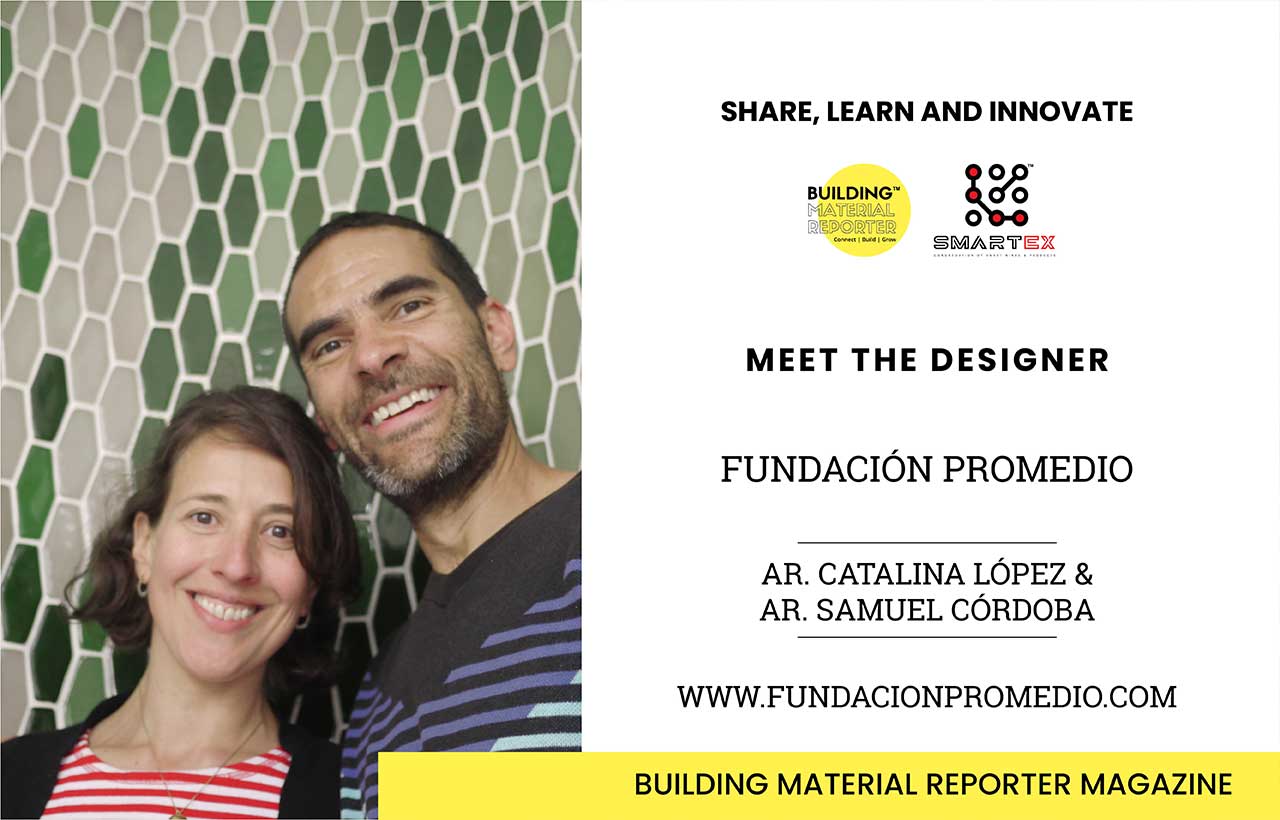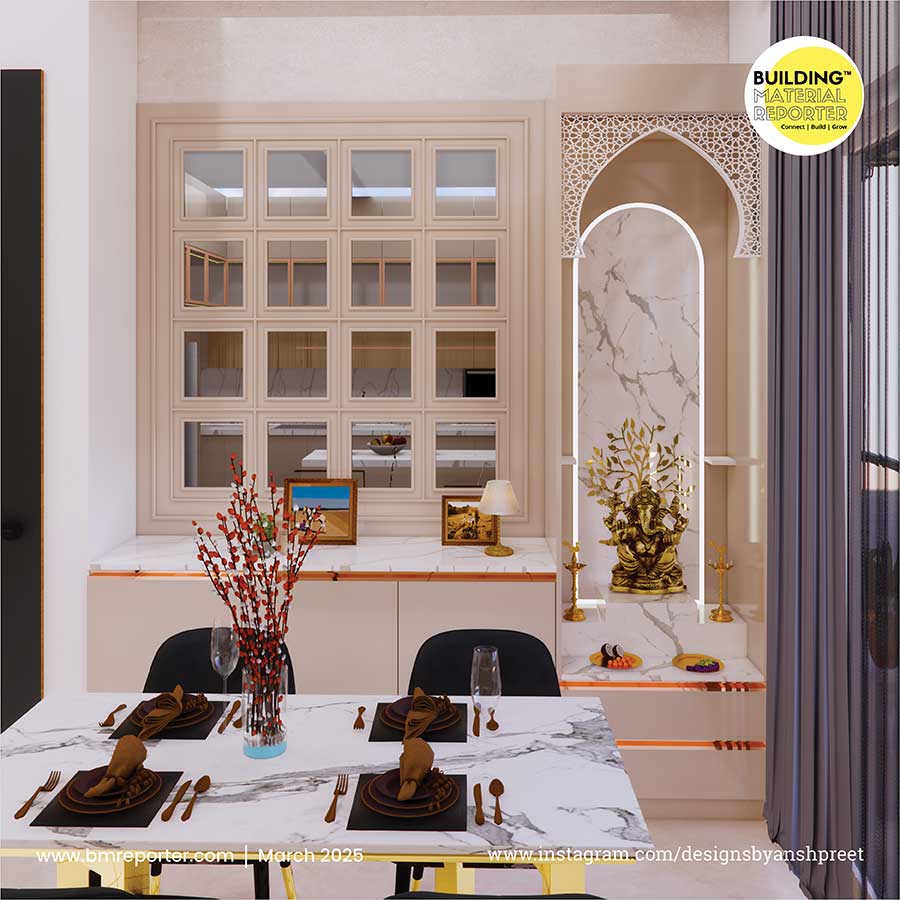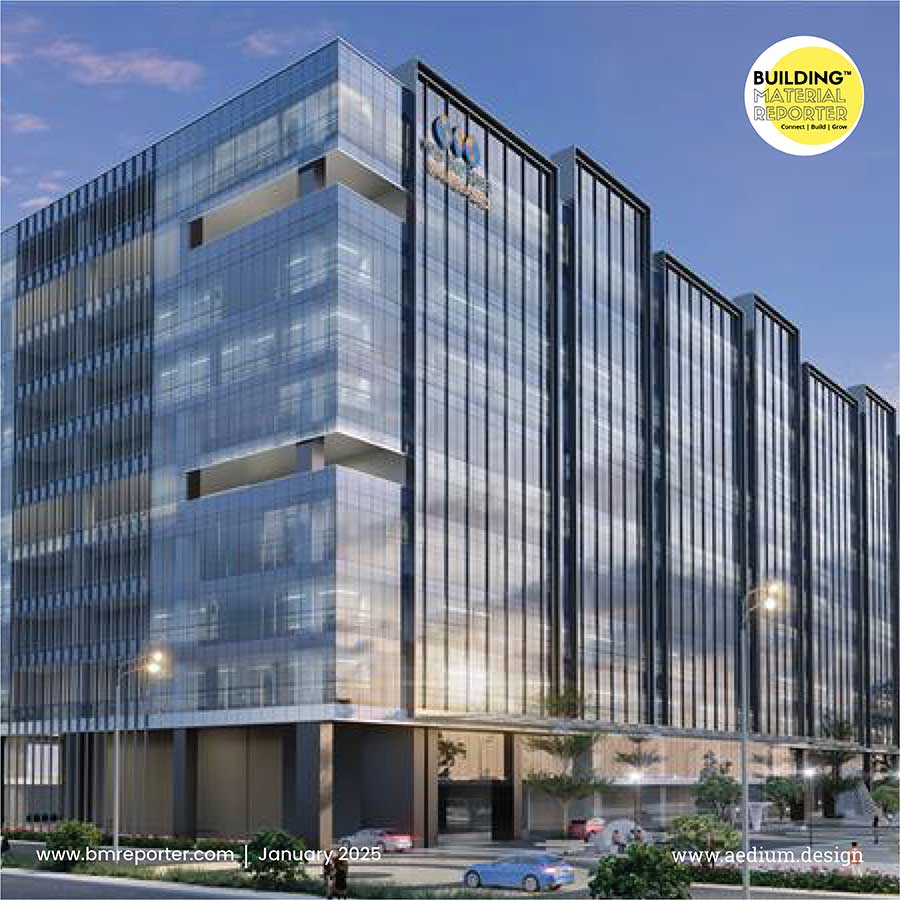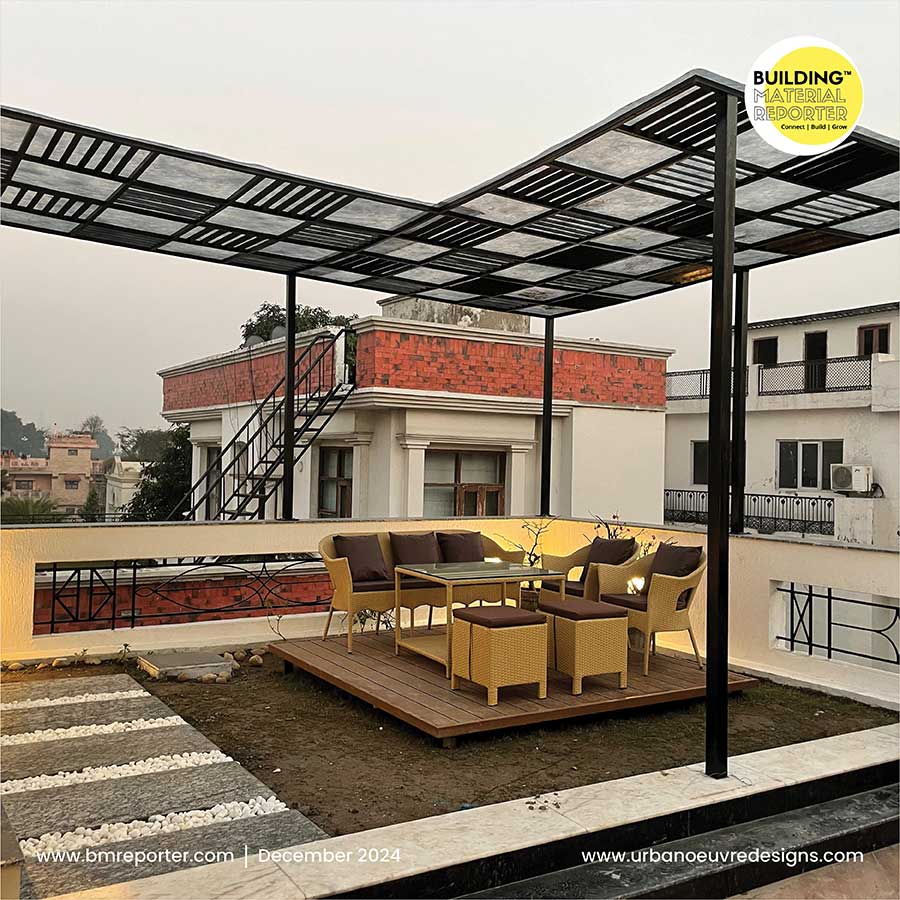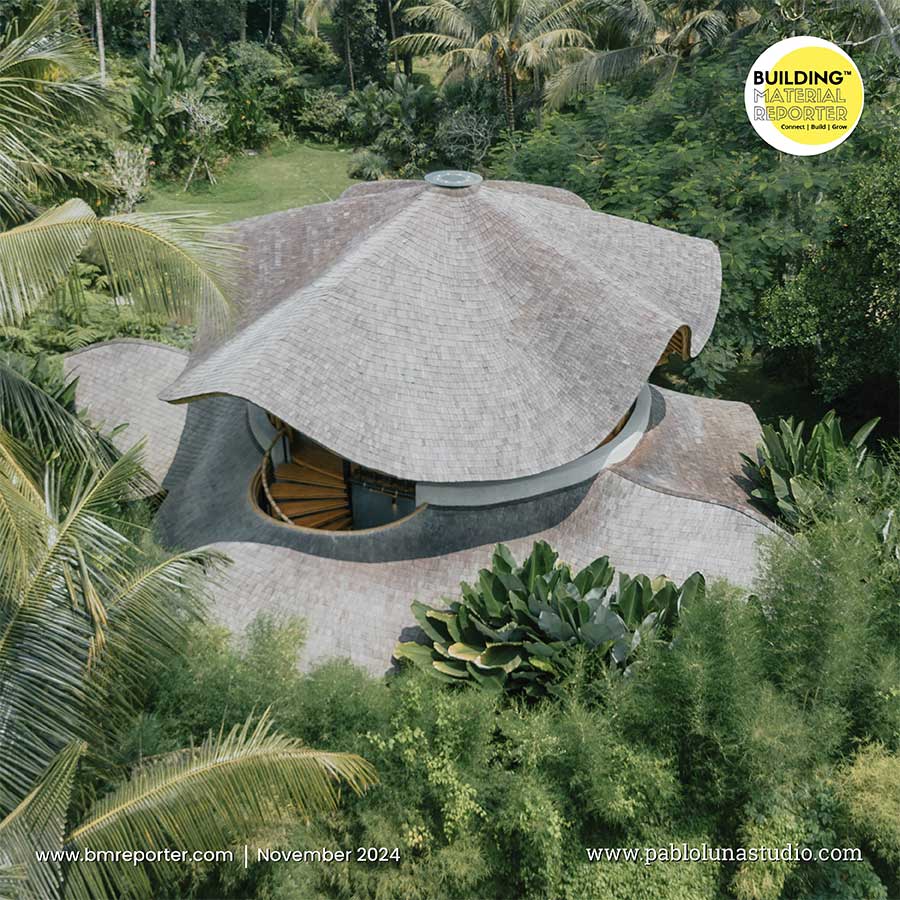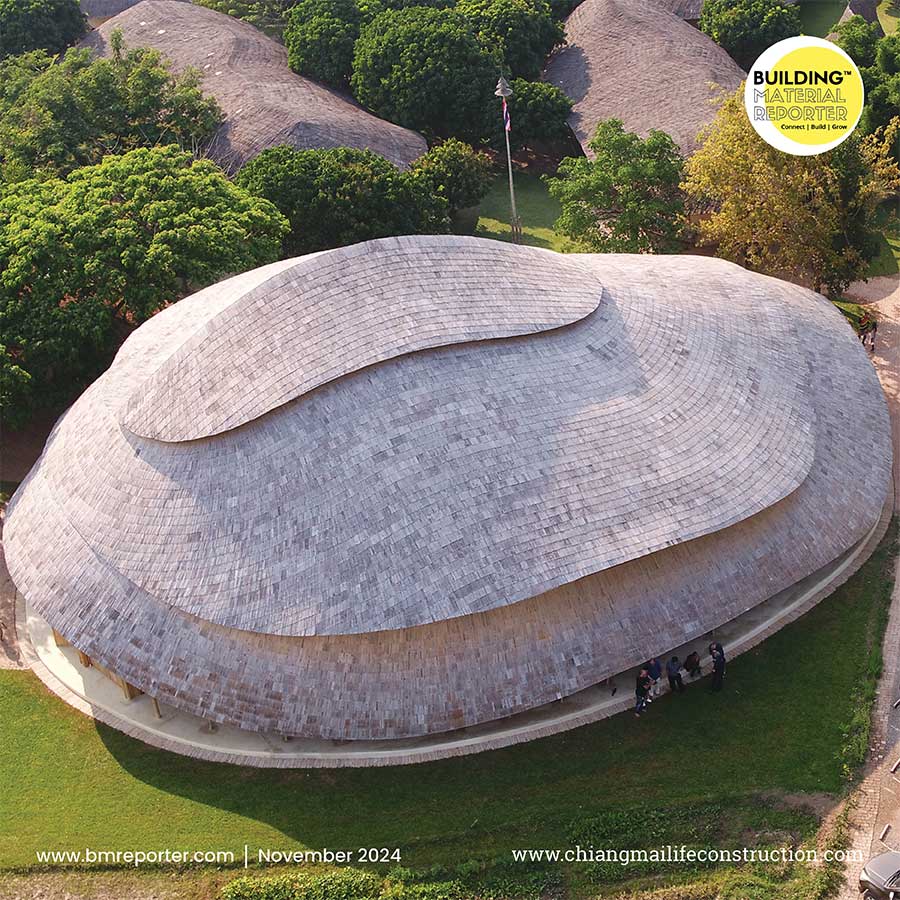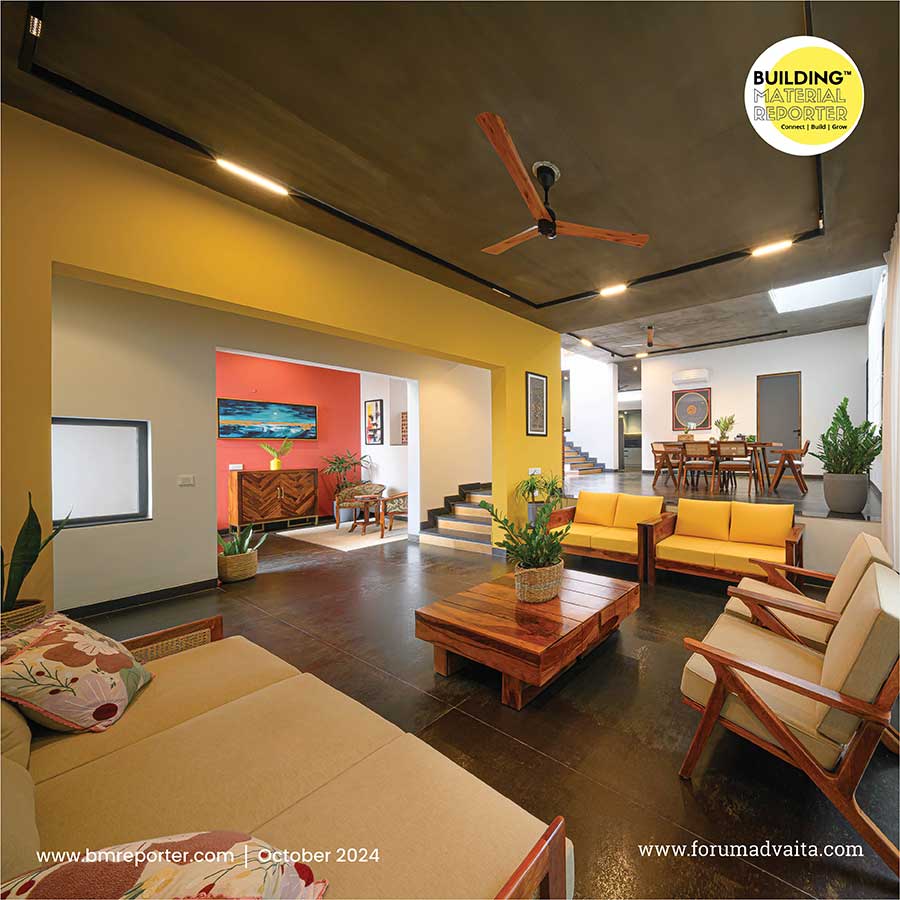A Dialogue with Ar. Catalina Lopez - Discovering Sustainable Design Principles
- August 28, 2024
- By: Priyanshi Shah
- SUCCESS STORIES
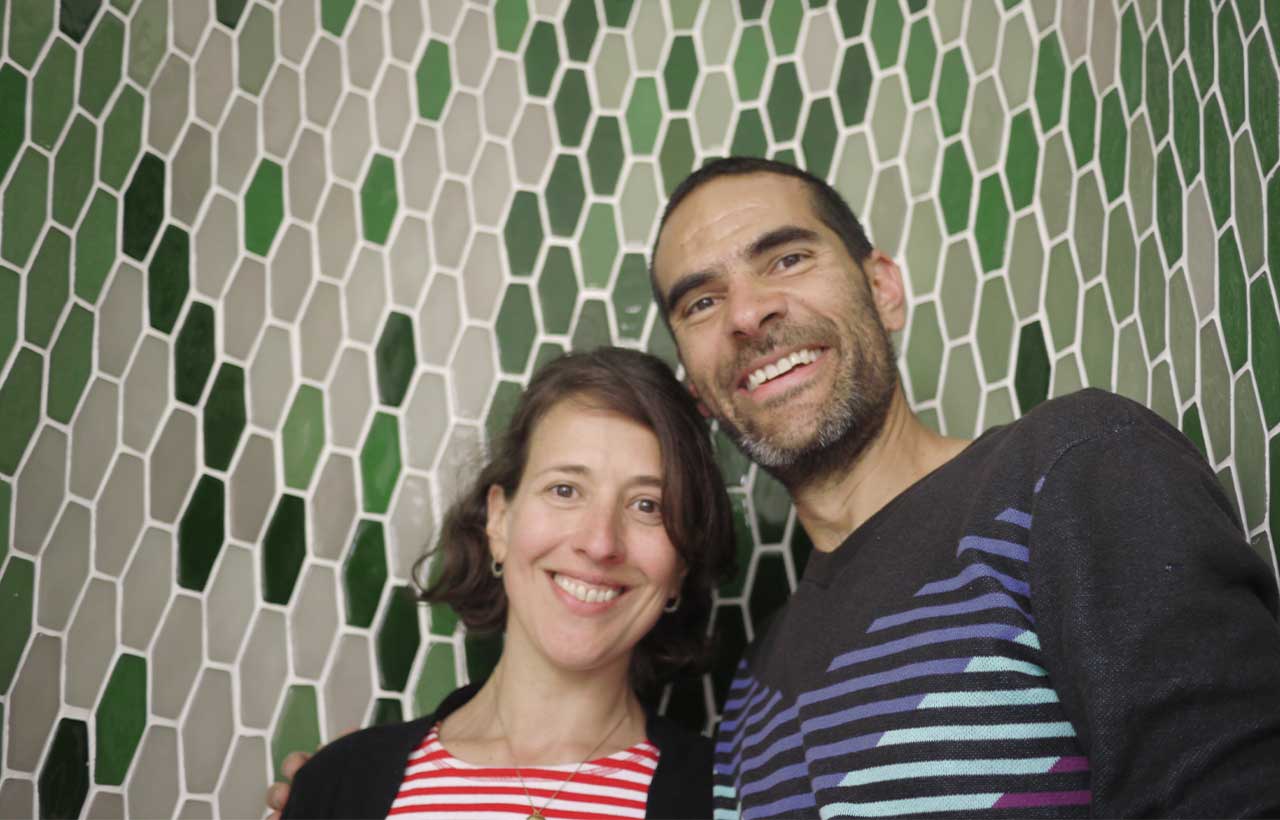 Ar. Catalina Lopez & Ar. Samuel Cordoba
Ar. Catalina Lopez & Ar. Samuel Cordoba
Building Material Reporter features the “4 M- Man, Material, Mother Nature, Market ” as an exclusive edition where Ar. Catalina López shares sustainable design principles. In this interview, Ar. Priyanshi shah discusses the human-centric approach and Sustainable Design techniques of FUNDACIÓN PROMEDIO, the hands-on experience of creating, experimenting and ecological design solutions.
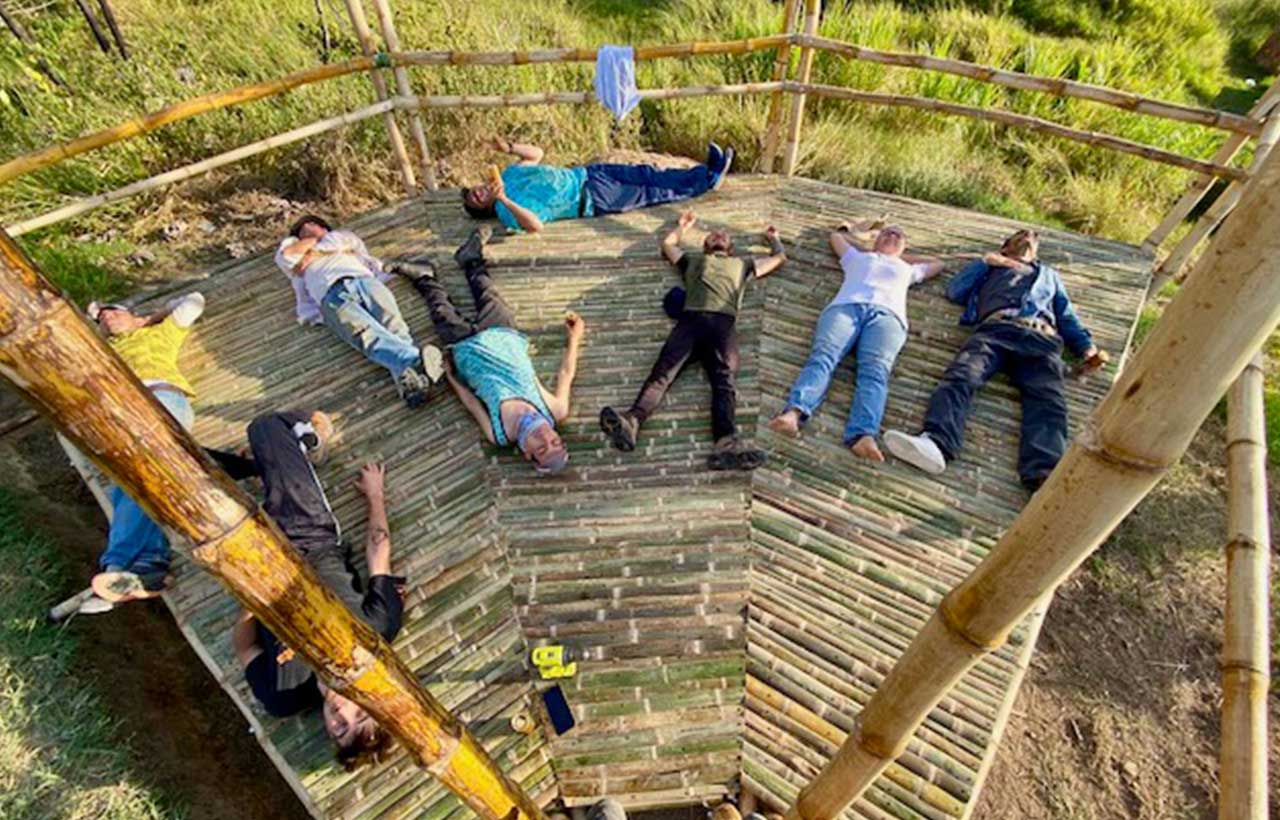 The versatility to observe forgotten, accumulated or discarded materials, in infinite possibilities when reused, has allowed us to move from the experimentation characteristic of the artistic process to the development of productive chains of manual material transformation, which respond more to making from design and architecture as disciplines.
The versatility to observe forgotten, accumulated or discarded materials, in infinite possibilities when reused, has allowed us to move from the experimentation characteristic of the artistic process to the development of productive chains of manual material transformation, which respond more to making from design and architecture as disciplines.
Ar. Priyanshi Shah: What sparked your passion as a designer and when did you first become interested in creation and craftsmanship?
Ar. Catalina López: Every day I feel more how my hands can be the wings that I don't have as a human being. Everything that comes out of them is an expression of love; my insatiable thirst to feel the world that I want to experience with the spirit of a traveller or that of a child, as if each moment were the first time, being attentive to the dictates that are expressed in the ways that best allow me, including writing.
Ar. Priyanshi Shah: How does FUNDACIÓN PROMEDIO emerge?
Ar. Catalina López: Perhaps the charm of our organizational platform lies in its mutant quality, according to the passing of life, the interests and curiosity that, as individuals and couples who direct it, life brings us every day. In that sense, our creative work has been fused with our lives and interests since our meeting as a couple, nourishing ourselves from our works and focusing them on collective construction around reuse.
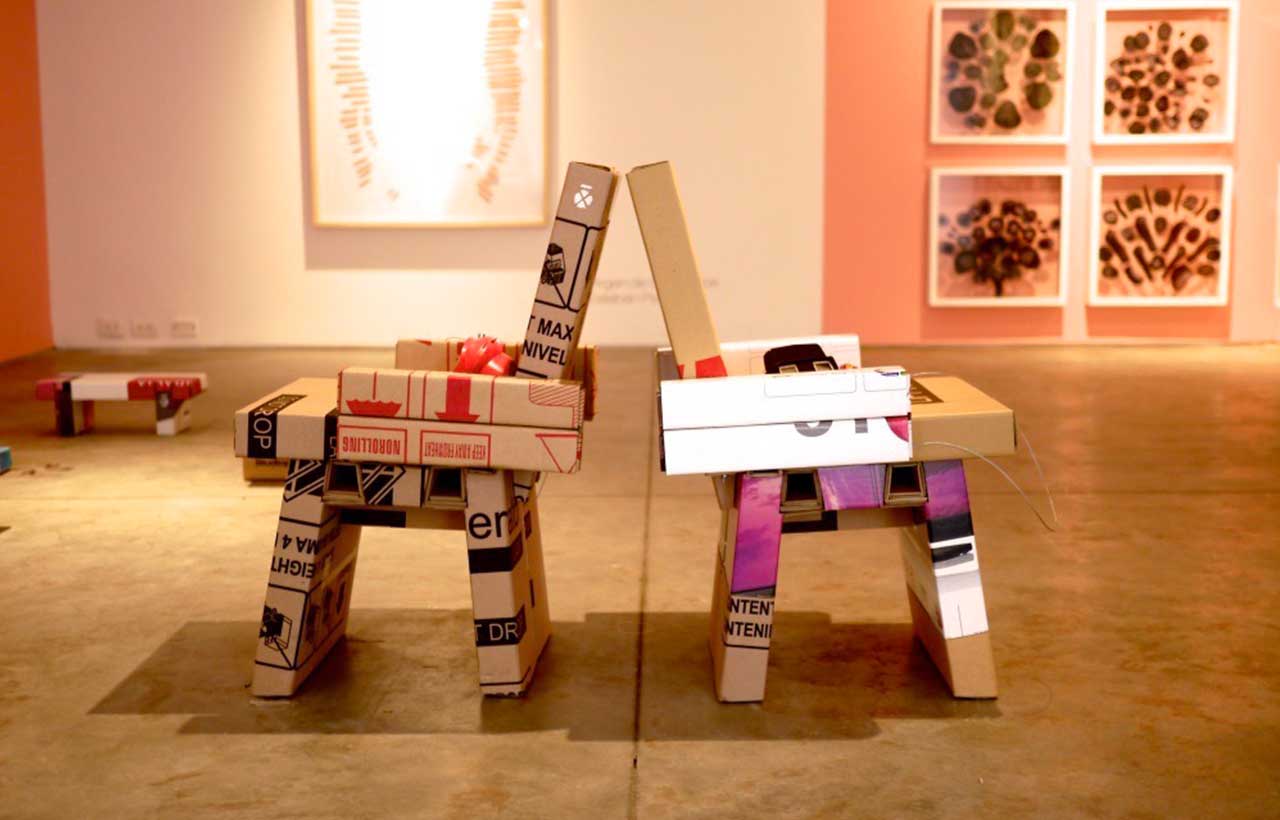 We started with work in cardboard and polypropylene, as raw materials, and the continuous exercise and its effect prompted us to explore the reuse of other materials such as wood and plastic, and even the recycling of glass.
We started with work in cardboard and polypropylene, as raw materials, and the continuous exercise and its effect prompted us to explore the reuse of other materials such as wood and plastic, and even the recycling of glass.
Ar. Priyanshi Shah: How would you illustrate your creativity and dreams transforming into tangible designs?
Ar. Catalina López: Our creative process is nourished by the collective and vice versa, it is like a lemniscate journey, or at least that is what I want to imagine. An inner universe that moves in my dreams, feelings, emotions, thoughts, sensations, intuitions, energy circulation, and physical state and that emerges and expresses itself in my particular point of view, in one way or another to go beyond me.
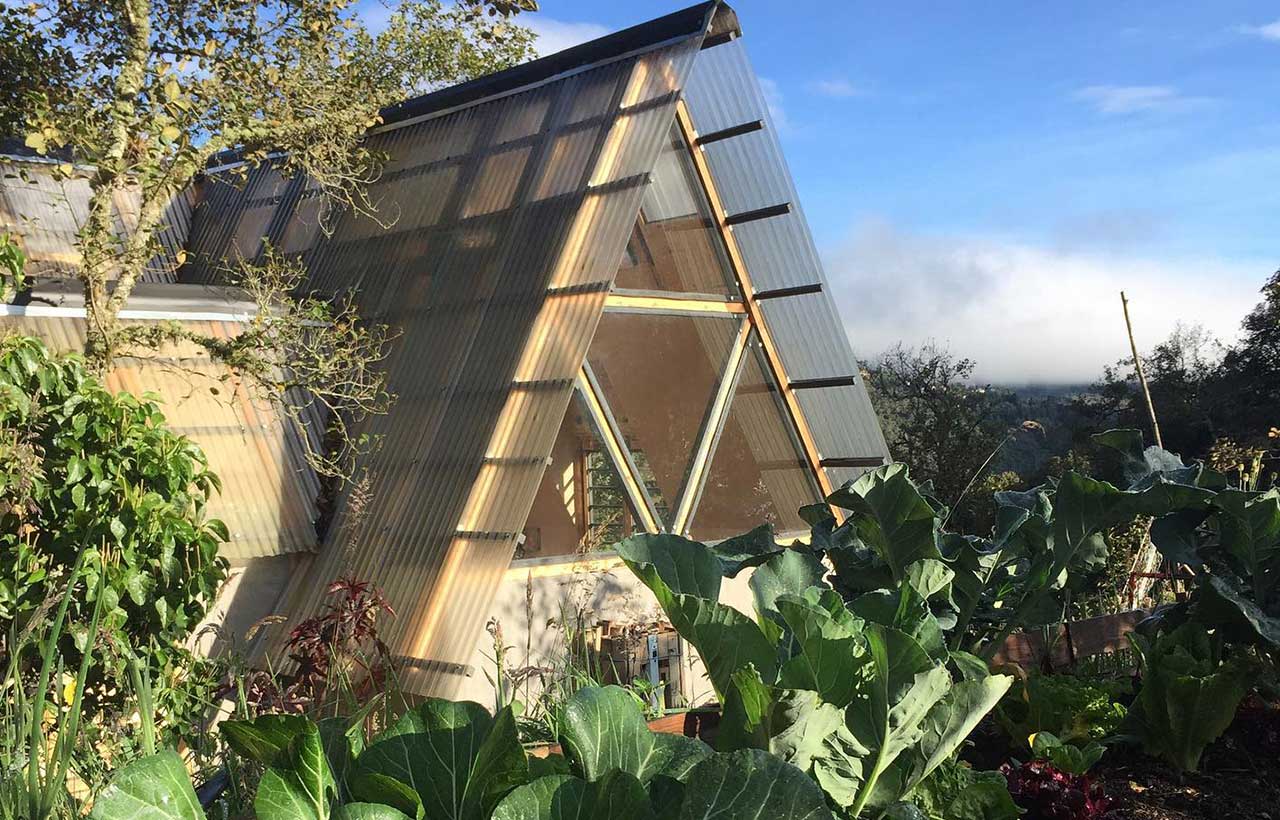 That power that creative exercise has as a transforming experience of an environment, and vice versa, is the energy that pushes us to want to share and replicate it, as in a spirit of eternity that keeps us active, curious and travellers, with the desire to restore the world, as we feel ours being restored.
That power that creative exercise has as a transforming experience of an environment, and vice versa, is the energy that pushes us to want to share and replicate it, as in a spirit of eternity that keeps us active, curious and travellers, with the desire to restore the world, as we feel ours being restored.
Ar. Priyanshi Shah: How do you plan to integrate materials to enhance the visual experience of the space and incorporate sensory essence?
Ar. Catalina López: In personal work I let myself be carried away by material that catches my attention. I have fragments of materials that attracted me because of their size, condition, shape, colour or some characteristic that I can't always explain. I keep it, I treasure it. Sometimes it lasts for months on my work table, until I wake up with that urge to do it again that doesn't allow me to stop. That existence of the material begins to reveal itself in other ways, it interrupts my thoughts or routines and then I know that I am going down that route. I only think of making a list of other materials that I need, of external help that I have to resort In the commissioned work everything begins by listening to the desire of those who meet us, observing the space, the terrain, the silent journey, taking notes, sketches, and the conversation between us, to reach the triggering concept, which Is usually a word and a sketch. Then we get practical, we start from a budget, we turn the concept into work stages, required human team, specialists who advise or strengthen our weaknesses, schedule, shopping lists, team formation, our client's visit schedule during the process, assembly, staging or construction.
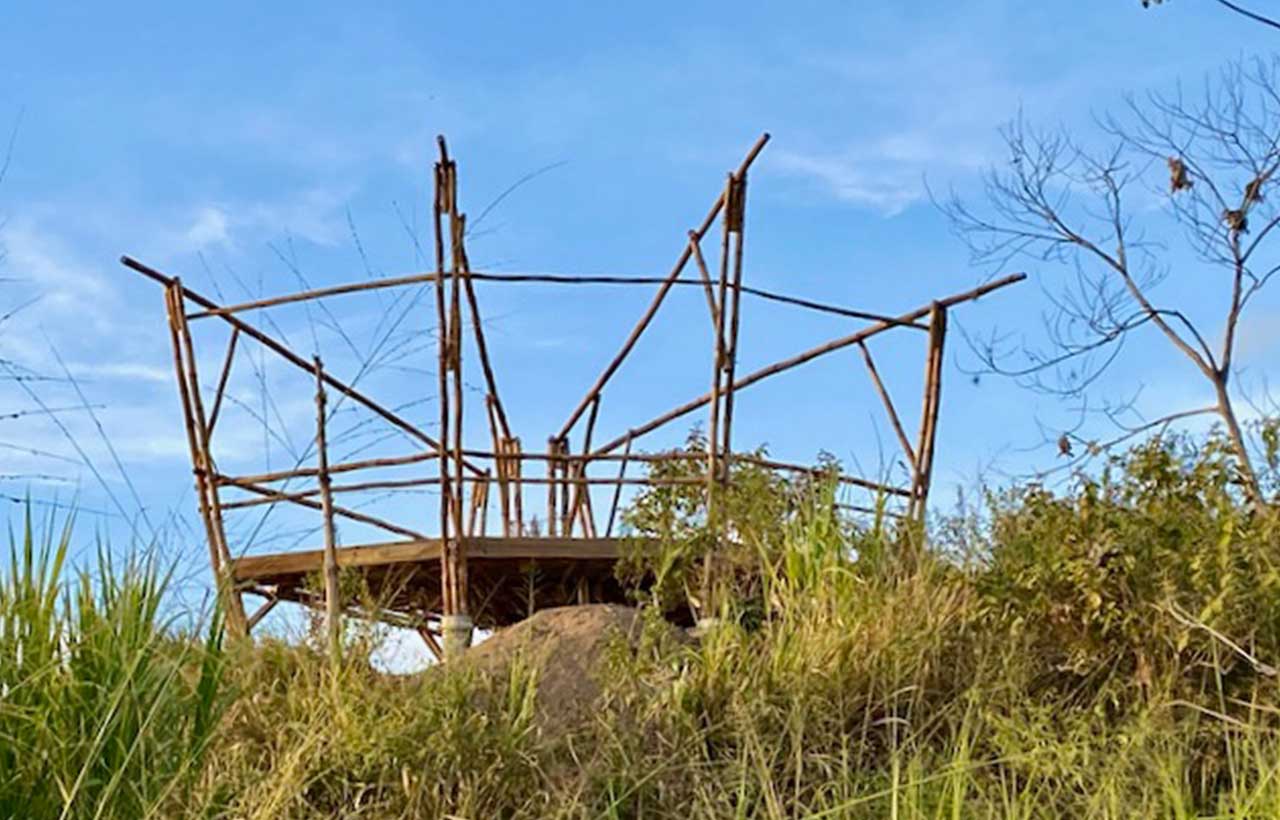
Ar. Priyanshi Shah: Please elaborate on FUNDACIÓN PROMEDIO as a unique expression of design regarding sustainability, contemporary aesthetics, and ecology.?
Ar. Catalina López: Exercising ourselves in experimental work that materializes the forms that orbit our hearts and minds through our hands corresponds to the basic practice of sustainability; that of expressing ourselves with what we have at hand. Expanding that individual awareness of the care of our energy and its exchange with the other beings and spaces that we affect, while the kind use of the human and material resources we have, is our contribution from the individual and collective creative exercise based in care, susceptible to being expanded to be implemented as a business or organizational model on larger scales and in new communities. Focusing on the reuse of materials and recycling, while resignifying them in a world whose natural resources have to be saved, while honouring the magical formal results of manual developments, at the slow speed of nature, we followed with our most rewarding exercise to return to the earth that has constituted in our lives as raw material that sustains us, we began experimenting with bioconstruction.
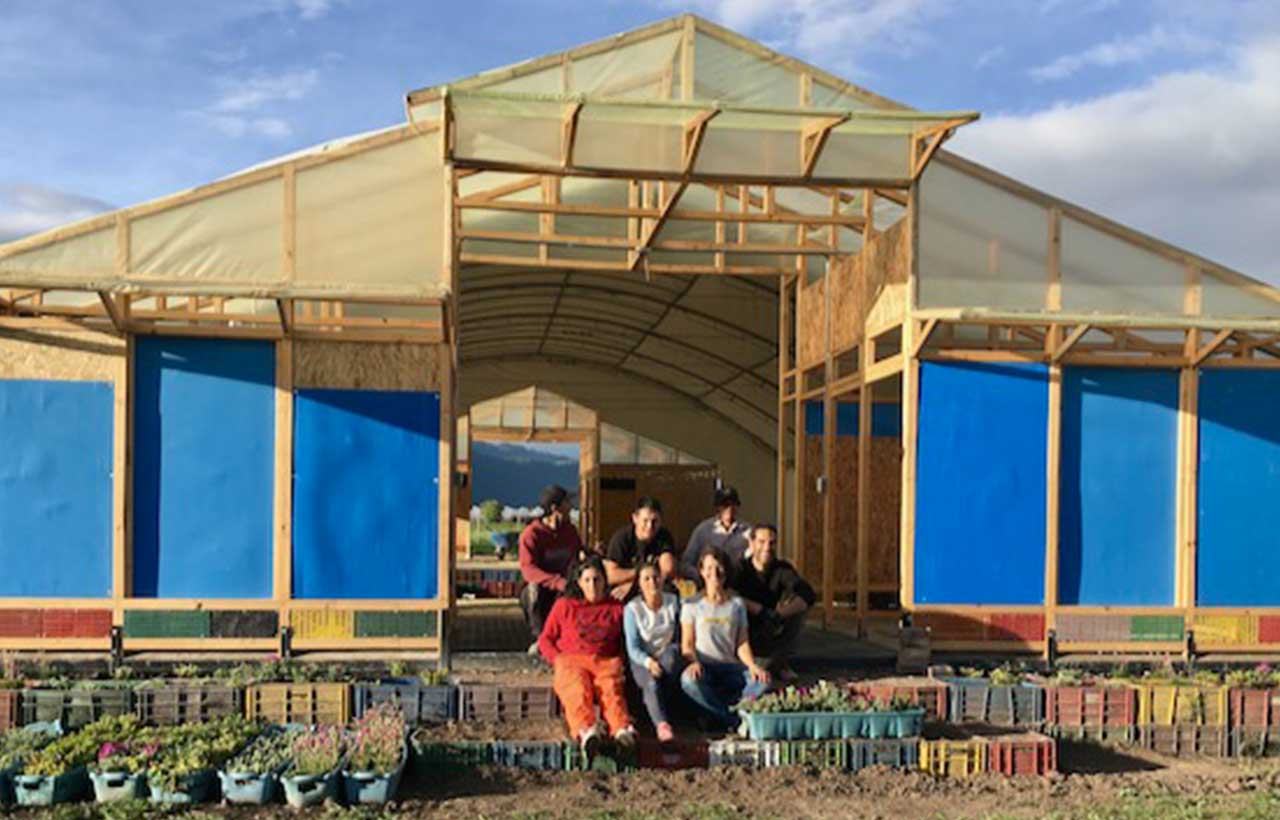
Ar. Priyanshi Shah: Can you explain your understanding of sustainable design principles and how they can be integrated into architectural projects?
Ar. Catalina López: Until a couple of years ago, before the pandemic, my understanding of sustainable design principles was due to a lot of reading, the internalization of the power of reuse, recycling, design and the slow and self-made construction of what is handmade. Before the pandemic, we bought land in a town near Bogotá, the capital of Colombia and the city where we lived. In an Andean forest landscape, we began to imagine and plan our house. Once we started the bioconstruction process, a global pandemic was declared and the possibility of continuing to attend talks, debates and invitations to talk about sustainable design was cut short.
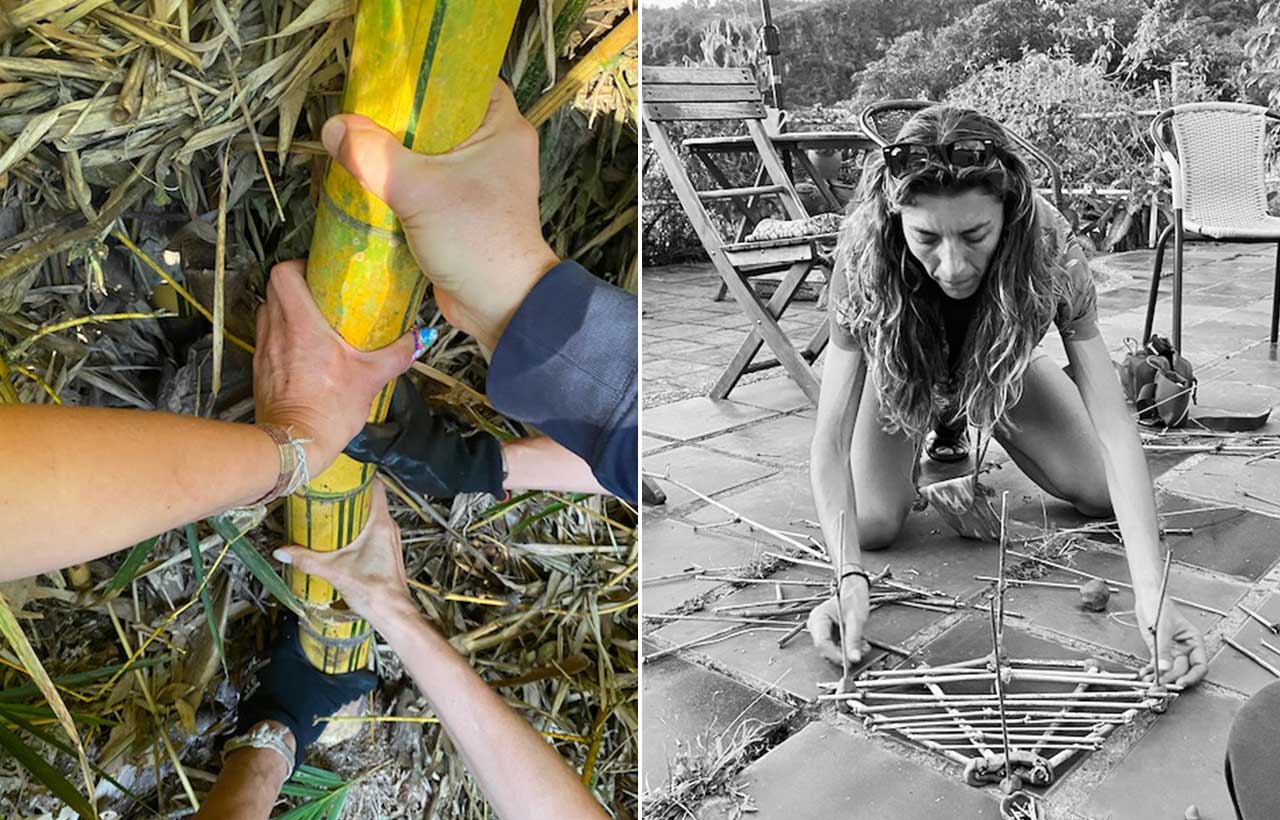
Sustainable design is the ability to generate an ordered creative process in coexistence with the earth, to affect it with love that simultaneously benefits many beings and illuminates the world's beauties.
In a few months of being a character who formulated manuals and gave talks, I saw myself paying attention to what was happening, observing the forest that continued to grow and calling butterflies despite the human life that confusedly stopped its routine train. The days of the pandemic forced us to be present to attend to whatever was happening, even to experience the phenomenon of continuing to stand still, communicate and connect. That landing on the meaning of our imperfect and ephemeral existence is, and our surrender to that vulnerability, the network that we are weaving from our authentic expression and hope in beautiful landscapes to recreate the reality of the present that touches us.
Ar. Priyanshi Shah: Give an example of a project/product where you have successfully implemented sustainable design features. What challenges did you face and how did you overcome them?
Ar. Catalina López: First, its approach responds to a call to propose and develop a habitat that would rise above the land without affecting it, in a vegetal structure that would give use to the bamboo that could be identified ready for harvesting.
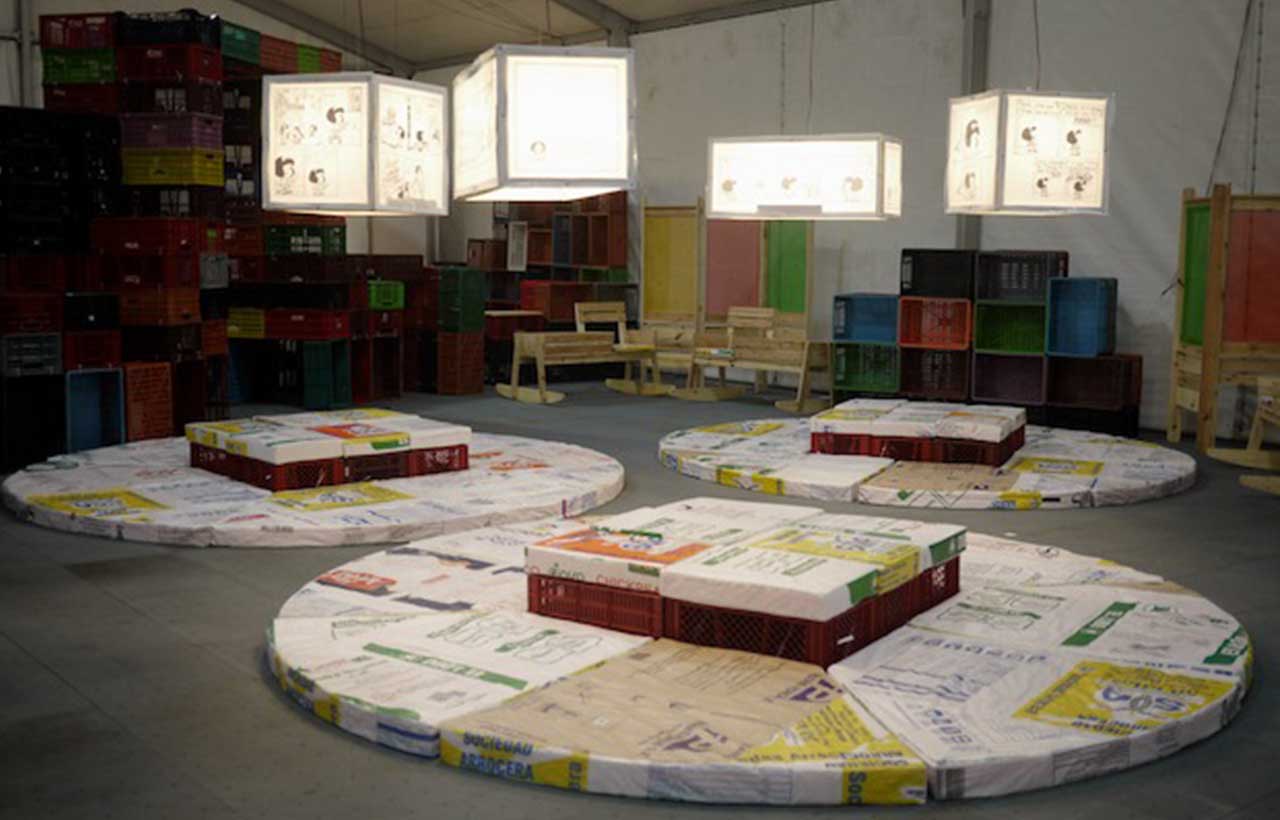 Learning about bamboo, its structural capacity, and understanding its physiology and connection even with the lunar cycle that is decisive in its harvest, places us as a creative human species in a determining place on the earth as a living being that welcomes us, that affects us and it affects us.
Learning about bamboo, its structural capacity, and understanding its physiology and connection even with the lunar cycle that is decisive in its harvest, places us as a creative human species in a determining place on the earth as a living being that welcomes us, that affects us and it affects us.
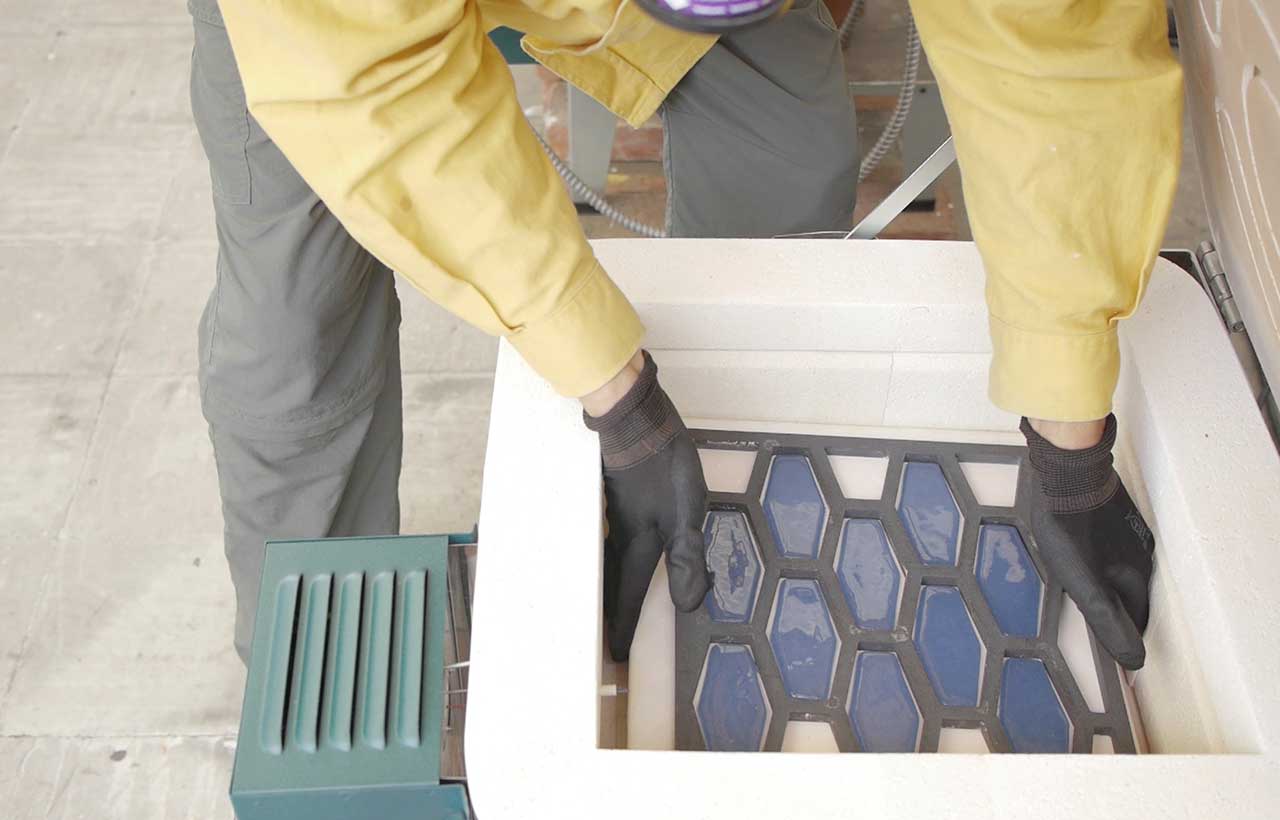 Assuming ourselves as creative interpreters in a living system, we organized ourselves collectively to do everything from the harvesting work to the assembly of the sculptural habitat, in a process by hand, collectively, and of bioconstruction with bamboo, glass bottles, and earthen walls.
Assuming ourselves as creative interpreters in a living system, we organized ourselves collectively to do everything from the harvesting work to the assembly of the sculptural habitat, in a process by hand, collectively, and of bioconstruction with bamboo, glass bottles, and earthen walls.
Ar. Priyanshi Shah: How are the benefits of sustainable design communicated to clients?
Ar. Catalina López: Sustainable Design Principles is an exercise that obeys the practice of a systemic understanding of the life that nourishes the project and the project that nourishes life in all its dimensions. It is not a speech, it is a formal and functional configuration that expands the intention of the fabric of life in spatial, formal and functional responses. Sustainability is an exercise in authenticity even in terms of design solutions Those who tune in to these daily practices know that the connection that the project generates saves justifications, speeches or certification seals. The costs are proportional to that connection function fully expressed in functional and aesthetic terms.
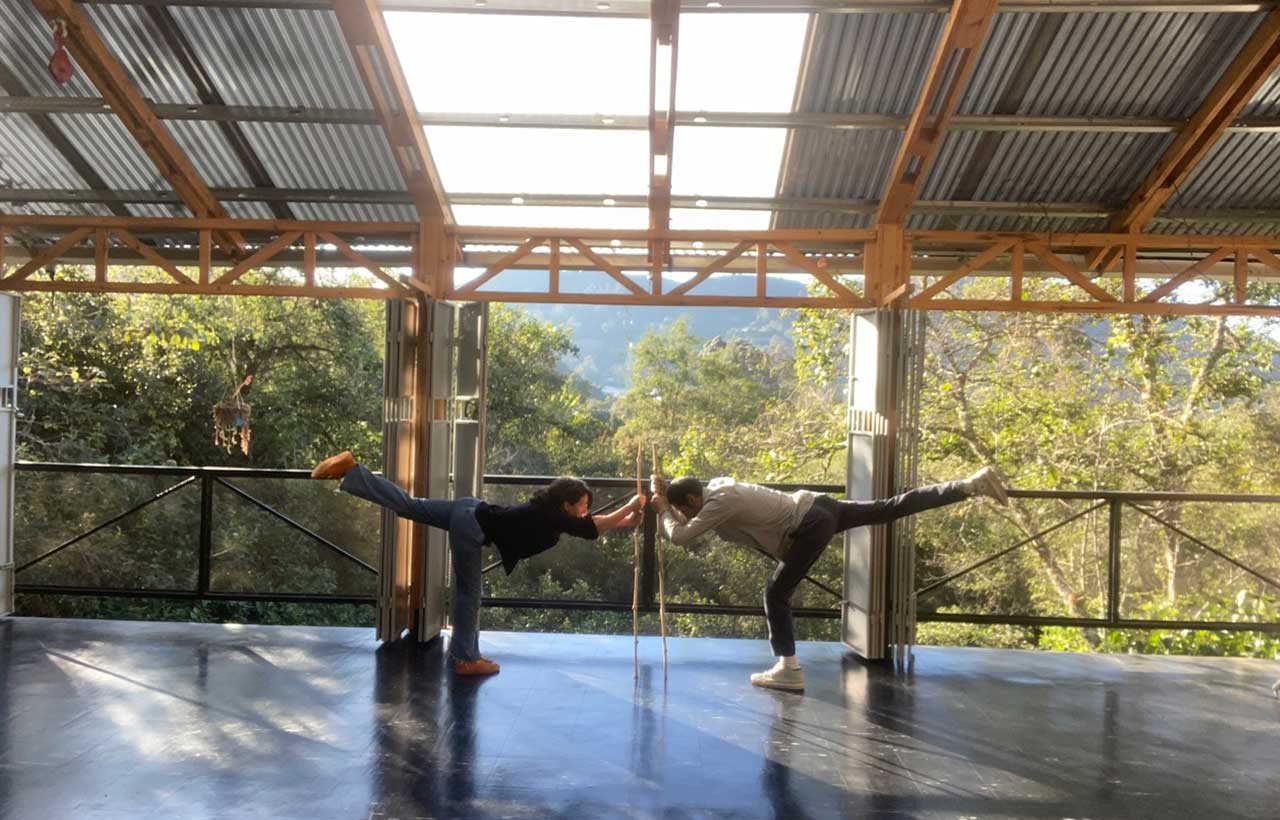
Ar. Priyanshi Shah: How does your design promote human well-being and health, both physically and psychologically?
Ar. Catalina López: We have a manifesto with which we present ourselves, one of its points is that although, in general, our raw materials are discarded, forgotten, accumulated and or destined for garbage, we do not want to make more garbage with them, more forgetfulness or more accumulation.
One of the biggest challenges is for the proposal to be a forceful presence in the landscape so that it establishes links that call for its appreciation and consequently for maintenance, preservation and care.
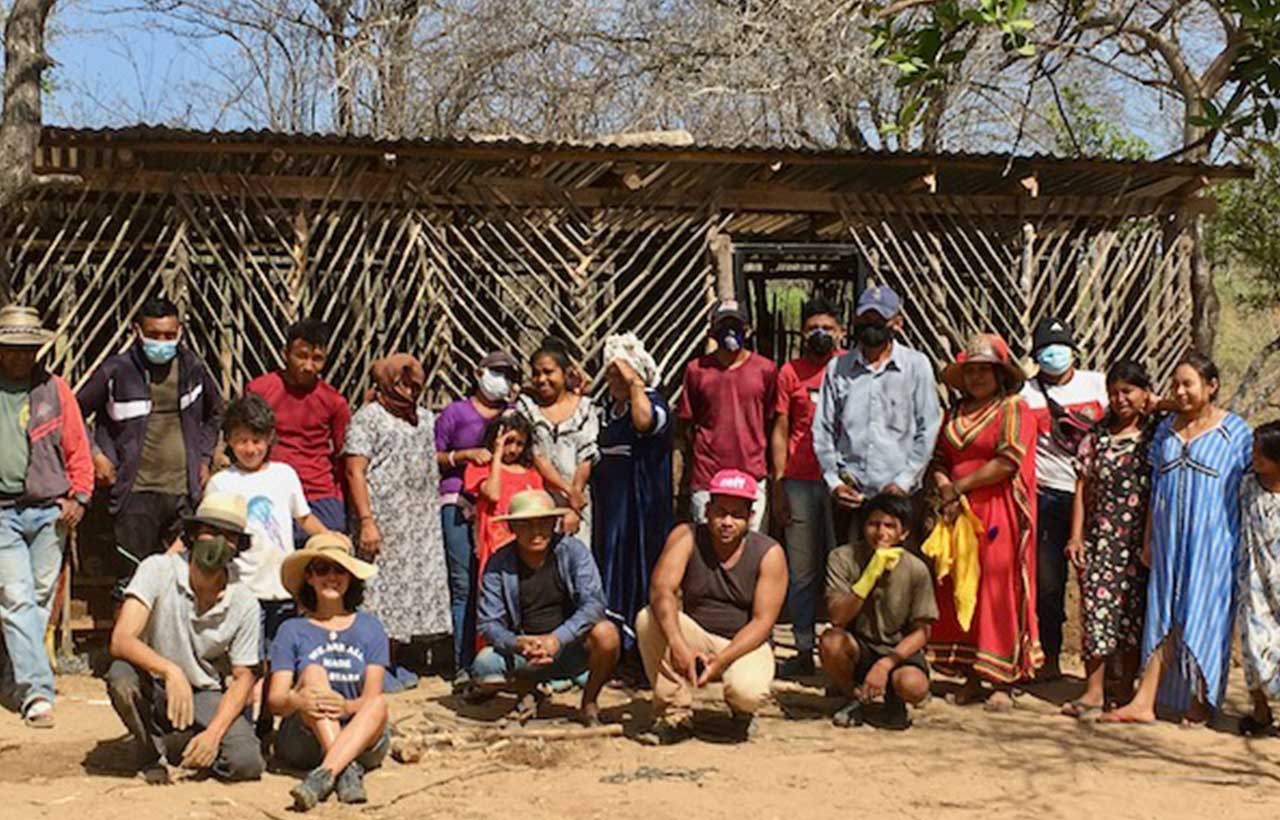
Ar. Priyanshi Shah: What are your expectations for the future of FUNDACIÓN PROMEDIO?
Ar. Catalina López: This year we began to receive residents and apprentices from all over the world to join our daily life and work, in the middle of this Andean forest that nourishes it. Having experimental teams that rotate and share at the same time in the community of this path the knowledge with which they come and in the places they visit, then the fruits of the experience with which they leave guarantees the expansion of our seed and will allow that when it's time. Let's leave the sustainable building techniques with a brilliant network on which the new creative and mutant schools that the earth demands are based.
